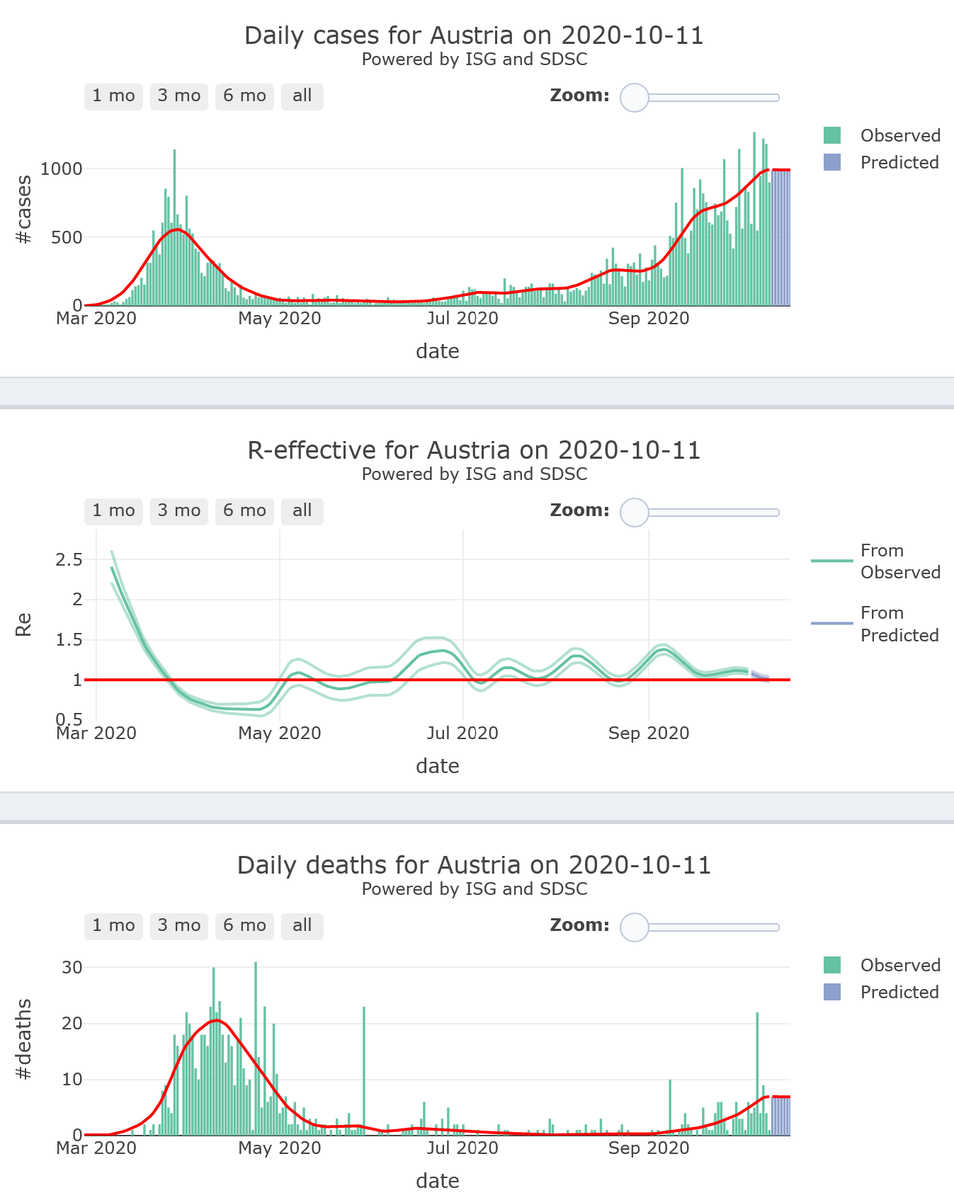
1/13 - “To fight a super-spreading disease effectively, policy makers need to figure out why super-spreading happens, and they need to understand how it affects everything, including our contact-tracing methods and our testing regimes.” Via @Pierre_mHealth theatlantic.com/health/archive…
2/13- “We see that super-spreading clusters of #COVID19 almost overwhelmingly occur in poorly ventilated, indoor environments where many people congregate over time-weddings,churches,choirs, gyms,funerals,restaurants, and such-when there is loud talking or singing without masks.”
3/13 - “Prolonged contact, poor ventilation, a highly infectious person, and crowding [are] the key elements for a super-spreader event.”
4/13- “Overdispersion should inform our contact-tracing efforts. Right now, many states engage in forward or prospective contact tracing. Once an infected person is identified, we try to find out with whom they interacted afterward so that we can warn, test, isolate, quarantine.”
5/13 - “[prospective contact tracing] will merely identify potential exposures, many of which will not happen anyway, because most transmission chains die out on their own.”
6/13 - “If we can use retrospective contact tracing to find the person who infected our patient, and then trace the forward contacts of the infecting person, we are generally going to find a lot more cases compared with forward-tracing contacts of the infected patient.”
7/13 - “Forward tracing alone can, on average, identify at most the mean number of 2nd infections (=R); backward tracing increases this maximum nb of traceable individ by a factor of 2-3,as index cases are more likely to come from clusters than a case is to generate a cluster.”
8/13 - “It’s not pointless to do forward tracing to be able to warn and test people, if there are extra resources and testing capacity. But it doesn’t make sense to do forward tracing while not devoting enough resources to backward tracing and finding clusters.”
9/13 - “Once a country has too many outbreaks, it’s almost as if the pandemic switches into “flu mode,” meaning high, sustained levels of community spread even though a majority of infected people may not be transmitting onward.”
10/13 - “Perhaps one of the most interesting cases has been Japan, a country with middling luck that got hit early on and followed what appeared to be an unconventional model, not deploying mass testing and never fully shutting down.”
11/13 -“Japan thus carried out a cluster-busting approach,including undertaking aggressive backward tracing to uncover clusters.Japan also focused on ventilation,counseling its population to avoid places where the three C’s come together—crowds in closed spaces in close contact.”
12/13 - “Japan’s commitment to ‘cluster-busting’ allowed it to achieve impressive mitigation with judiciously chosen restrictions. Countries that have ignored super-spreading have risked getting the worst of both worlds: burdensome restrictions that fail to achieve mitigation.”
13/13 - “Could we get back to a much more normal life by focusing on limiting the conditions for super-spreading events, aggressively engaging in cluster-busting, and deploying cheap, rapid mass tests?”
• • •
Missing some Tweet in this thread? You can try to
force a refresh

















